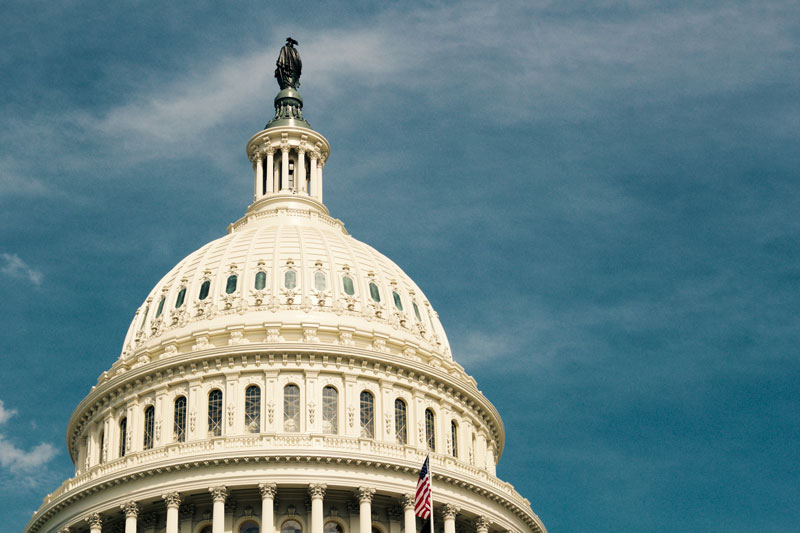Revelations from DC: We're all on the same side
Sep 28, 2017

This past week, I’ve been at America’s Health Insurance Plan’s (AHIP) National Conferences on Medicare and Medicaid in Washington, DC. It’s been jam-packed with speakers representing health plans from across the country, software vendors, service providers, lobbyists, and government relations.
While AHIP’s conference is focused on sharing learnings around new payment models, quality measures, and patient engagement, legislators just a few blocks away were also discussing Medicaid.
And the conference was buzzing as push notifications went out to attendees—Republicans scrapped the healthcare vote again.
Let me tell you about the environment outside of the conference walls, though—Federal Triangle, where I spent time grabbing some fresh air between panels, is steps away from the Washington Monument and the mall. There’s tourists everywhere you look, men in business suits walking from building to building, secret service personnel wandering the rooftops with binoculars—the whole Washington, DC, experience.
Healthcare's Bipartisanship
If you walk away from the tourists and people working on the Hill, and talk to the district’s residents—the folks at coffee shops and waiting at bus stops—the environment here is uncertain, and has been for some time. There’s uncertainty around the impact of our current administration on our progress and livelihood as a nation, and uncertainty around how we can help our neighbors in Puerto Rico, where as of this morning, 58 of 69 hospitals lack power.
The uncertainty was also resoundingly clear within the halls at AHIP. As I sat this morning, listening to Bernard Tyson touch on how partisanship is only going to cause more instability in the healthcare space and uncertain times (featured on NPR today as well), I thought about the similarities between healthcare and politics.
Coming from the EHR vendor side, I always felt it was my duty to advocate for the nurses, physicians, case managers, and healthcare workers I supported. I didn’t understand health insurance beyond CPT codes and sided with physicians who were complaining about EHRs being billing systems instead of patient-centric coordination tools. Being at this conference and listening to the challenges payers face, it became clear that I, too, had a skewed view of an extremely complex facet of healthcare—health insurance.
After wandering the halls with all different types of payers who were brought together by a common desire to improve Medicare and Medicaid, I came away feeling like they need my advocacy just as much as the clinicians. CareSource, UPMC, and Kaiser Permanente panelists took to the stage to discuss their methods of addressing social determinants and their role in healthcare. I was stunned by CareSource Life Service’s approach; they started a new program in which they connect Medicaid members with local social services they need to identify economic pathways, and ultimately help them find employment and leave Medicaid permanently.
The results from this program were staggering—almost 600 Medicaid members in Ohio had found permanent job placements and were now working towards achieving a life of food security, housing security, and financial stability.
Unity in a Common Goal
That’s when it hit me—the partisanship that exists in our government exists in healthcare, too. It’s Payer vs. Provider. Red vs. Blue. One side opposing the other, shouting over one another, all the while forgetting about the reason we’re here: our citizens and our patients.
Let’s be smarter. As healthcare’s savviest, most innovative bunch, it is on us to not be the loudest, but the most thoughtful. It is on you as a payer, provider, or patient to respectfully work together in order to improve the current state of healthcare. If we’re certain that our goals are the same and objectives are aligned, then patients receive better care, providers can focus on patients, and payers continue to provide an invaluable resource.
And now that I’ve seen the inner workings of all parties involved, I can say with certainty that the first step is recognizing one simple thing: no matter what party you're with, we’re all on the same side.
After all, we’re all patients.
